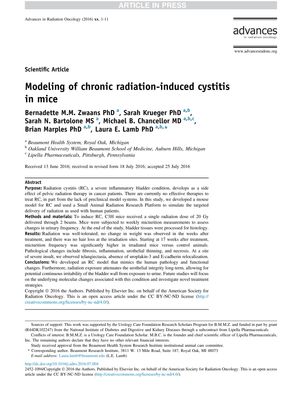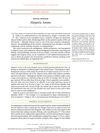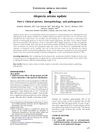Modeling of Chronic Radiation-Induced Cystitis in Mice
August 2016
in “
Advances in radiation oncology
”

TLDR Researchers developed a mouse model that successfully mimics the bladder damage seen in humans after radiation therapy.
In 2016, researchers developed a mouse model to study chronic radiation-induced cystitis (RC), a condition resulting from pelvic radiation therapy. They irradiated female C3H mice with a single 20 Gy dose and monitored urinary frequency and bladder tissue changes. The irradiated mice showed a significant increase in micturition frequency from 17 weeks post-irradiation, with histological analysis revealing fibrosis, inflammation, urothelial thinning, and necrosis. The study concluded that the mouse model effectively replicated human RC pathology and that radiation exposure caused long-term damage to the bladder's urothelial integrity. The study also noted that alopecia observed in the mice was unrelated to the radiation and is characteristic of the C3H strain. The findings suggest that radiation leads to reduced bladder capacity and long-term urothelial damage, providing a useful model for future research on RC and potential treatments.

